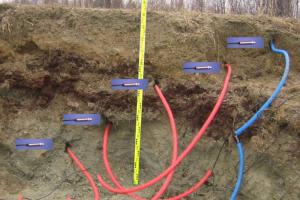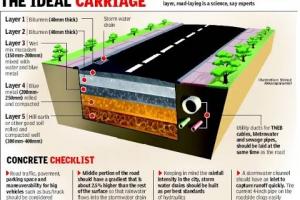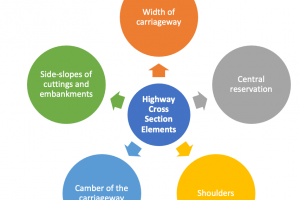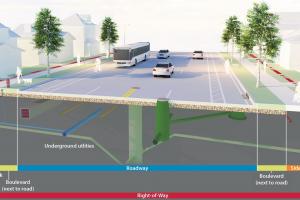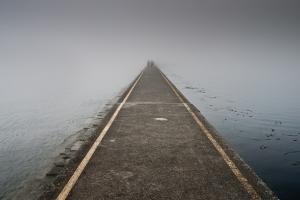Methods of Surface Treatment of Roads and Highways
Surface treatments for roads and highways can be broadly categorized into two main types: seal coats and thin asphalt overlays. These treatments are designed to protect the underlying pavement, restore surface characteristics, and improve skid resistance. Here are some common methods of surface treatment:
Seal Coats:
a. Single Surface Treatment:
In a single surface treatment, an asphalt emulsion is sprayed onto the road surface, followed by the application of a layer of aggregate chips. The chips are then rolled into the emulsion to provide a protective layer and enhance skid resistance.
Double Surface Treatment:
A double-surface treatment is similar to a single-surface treatment but involves the application of two layers of aggregate chips. The second layer is applied after the first layer has been rolled into the emulsion.
Triple Surface Treatment:
A triple surface treatment involves the application of three layers of aggregate chips. Each layer is applied and rolled into the emulsion before the next layer is added. This method provides increased durability and skid resistance.
Thin Asphalt Overlays:
a. Leveling Course:
A leveling course is a thin layer of asphalt mix applied to correct minor surface irregularities and provide a smoother profile. It helps improve the ride quality and prepares the road for subsequent surface treatments.
b. Scratch Course:
A scratch course is a thin asphalt layer applied over the leveling course to seal and protect the surface. It helps prevent moisture infiltration and enhances the bond between the leveling course and the final surface layer.
c. Wearing Course:
The wearing course, also known as the surface course, is the final layer of asphalt applied to the road surface. It provides skid resistance, and ride quality, and protects the underlying pavement layers from traffic and environmental factors.
It's important to note that terminology and specific methods of surface treatment may vary regionally. Different regions or transportation agencies may use alternative names or combinations of treatments. The selection of the appropriate surface treatment method depends on factors such as the condition of the road, traffic volume, climate, available budget, and desired performance outcomes.
It is recommended to consult local transportation authorities or engineering guidelines for the specific surface treatment methods used in a particular area or project.
Although the best type of surface course is the pre-mix carpet for highway maintenance. The surface treatment methods are employed when:
- The intensity of traffic is not very high.
- the pro-mix mixers are not easily available due to long transportation or technical reasons.
- when the cost is high.
Functions of surface treatment:
- to provide long lasting economical surface for granular base road having light and medium traffic volume.
- To prevent entry of surface water into old pavement that have been weathered or cracked.
- It improve the skid resistance of bitumen surface where the surface has polished under traffic.
- To provide temporary cover in case of delayed incomplete pavement.
In Highway Maintenance, For good surface treatment it is necessary that;
- Base course is well prepared to its profile and is made more free from pot holes and ruts.
- Excellence of surface dressing depends upon the correct proportion of binder aggregate.
- Before laying that first surface dressing coat, the base should be made free from all dust loose soil etc.
In all bituminous construction it is necessary that the newly surface posses a bond with the existing base at the interface. It is also necessary that the base is nearly impervious.




